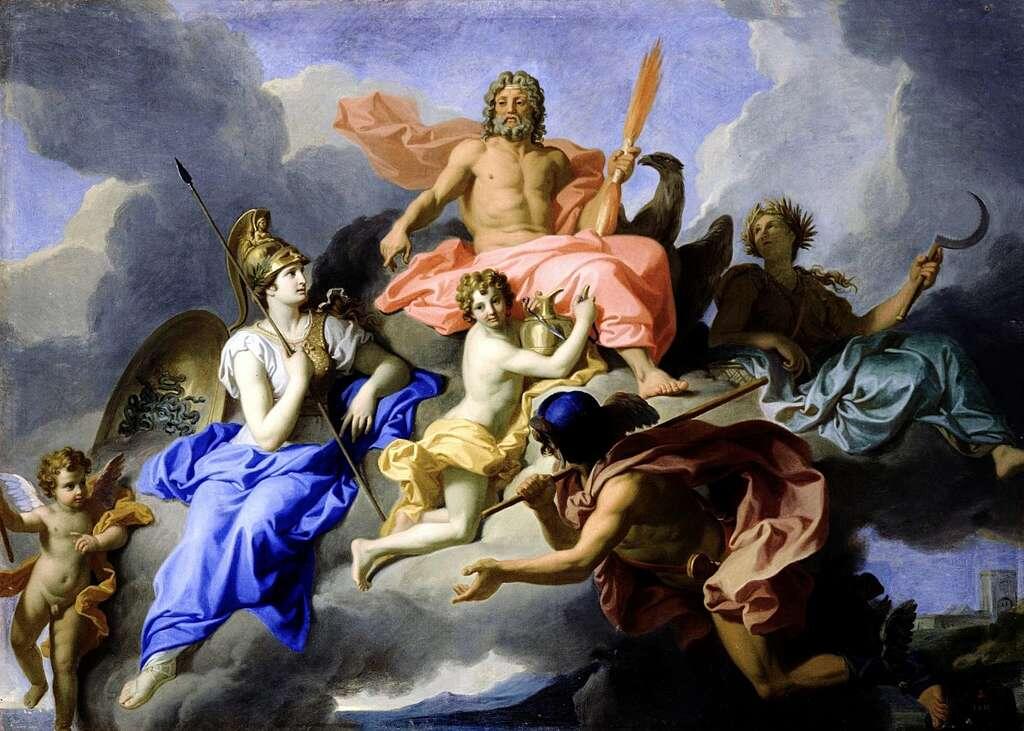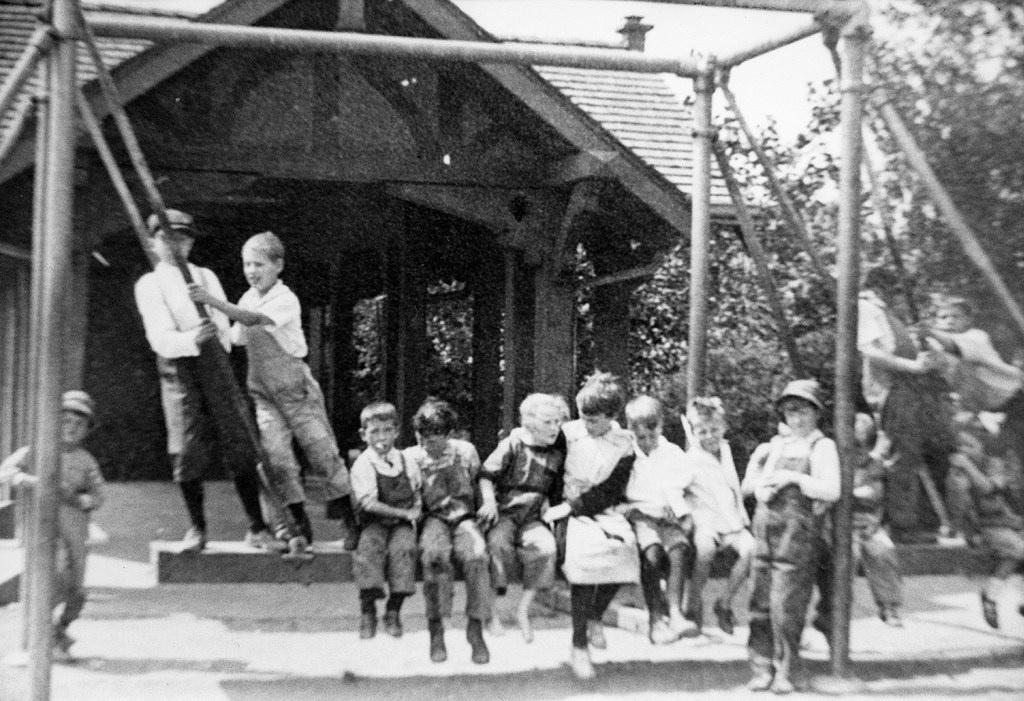Key Takeaways
- While Greek mythology comprises a collection of myths and legends, certain elements have historical and archaeological ties.
- Passed down for centuries before being written, myths shaped Greek education, politics, and society.
- Discoveries like the ruins of Troy and the Derveni Papyrus show that while myths are symbolic, they often connect to real places and historical contexts.
- Greek mythology timeline continues to inspire modern art, cinema, literature, and speech.
- Today, professionals use archaeology and philology to differentiate between mythological stories and proven historical facts.
Greek mythology is a collection of traditional stories that were passed down orally and later recorded in literary texts and works of art. These celebrated myths played a central role in the religious, cultural and social life of ancient Greece. But their importance is not limited to the past, as Greek mythology continues to influence literature, philosophy, art and language. But is Greek mythology real? Understand more about the proven cultural and historical contexts of mythology and some of its limitations!

Understanding Greek Mythology
Greek mythology is characterized by diverse narratives that explore the origins of the cosmos, the origins of the most powerful Greek gods and heroes and the civic norms that structured life. These quite fascinating stories had several functions:
- To explain natural and social phenomena or the origin of religious practices.
- To convey cultural values, including hospitality, justice and honor.
- To integrate religion and politics into the founding of cities and civic institutions.
The Olympian gods, such as Zeus, Athena and Apollo, represent the whole different aspects of the cosmic and human order. Heroes such as Herakles, Achilles and Odysseus represent the ideals of strength in adversity. Moreover, these myths were closely linked to rituals and festivals that reinforced the integration of people into the community.1 Pretty smart strategy!
Historical Context
Greek myths have their roots in oral traditions dating back to the Mycenaean period and were transmitted for centuries before being recorded in written form during the Archaic period. The Iliad and the Odyssey, along with Hesiod's Theogony, are among the most influential narratives for understanding the gods, heroes, and the origin of the cosmos. 2 3
The myths were recited in poetic contests, performed in tragedies, and represented in ceramics, sculptures and architecture. In that sense, these not only narrated the mythical past of Greece but were also an essential key for the education and collective memory of Greek society, functioning as a shared system of codes and norms!
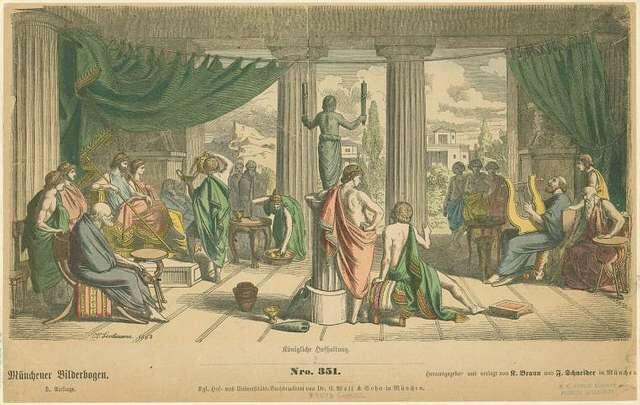
Ancient Beliefs and Practices
Religious Significance
Greek religion was not centralized in a sacred book, but based on rites. Religion was practiced through animal sacrifices, food offerings and wine festivities. Their adoration took place in the temples and altars of the region, where the statue of the god was considered the symbolic presence of the deity. Each polis had its own gods and sanctuaries. Athens venerated Athena on the Acropolis, while Delphi housed the famous oracle of Apollo. 4 5
Mythology as Cultural Narrative
Beyond religion, Greek myths about monsters, animals and creatures acted as cultural narratives that helped explain the world and human behavior. Through these famous stories, the Greeks interpreted natural phenomena, such as storms or earthquakes, that were attributed to the actions of gods like Zeus or Poseidon. 6
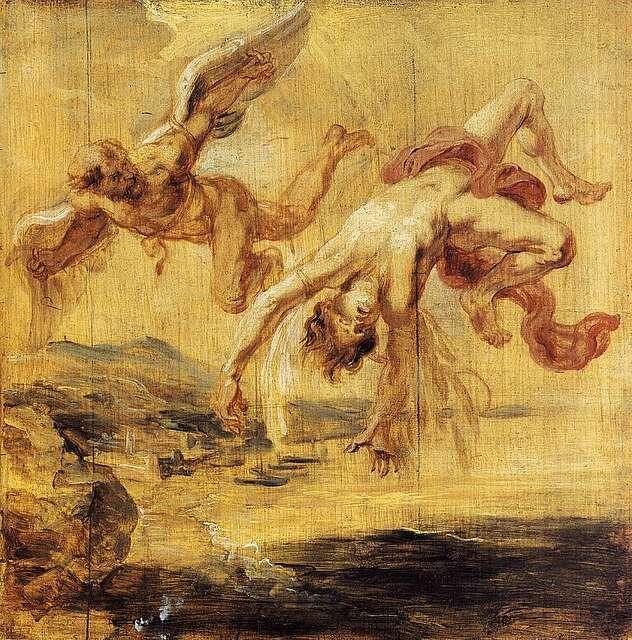
Likewise, myths offered role models and moral warnings. For example, stories such as that of Icarus, who disobeyed his father Daedalus's warnings and died when he flew too close to the sun, reflected the importance of moderation and respecting human limits in the face of the divine. 7 Which was also a great strategy to maintain the order of the polis.

Archaeological and Historical Evidence
Discoveries Supporting Mythological Accounts
Is Greek mythology real? Although mythology is based on symbolic and literary accounts, some archaeological finds have been interpreted as possible links to these pretty famous myths. One of the best known is the city of Troy, described in Homer's Iliad. At the end of the 19th century, the archaeologist Heinrich Schliemann excavated in Hisarlik (nowadays Turkey), identifying different settlements related to the Trojan War and solving some Greek mythology questions. 8
Another pretty relevant finding is the Derveni Papyrus, discovered in 1962 near Thessaloniki. It is a manuscript from the 4th century BC, considered the oldest philosophical text in Europe! It contains a poem about the origin of the cosmos.9 All these fascinating findings could not prove the existence of heroes like Achilles or Heracles, but they pretty much provide evidence that these stories were rooted in actual, real places, traditions and historical contexts.
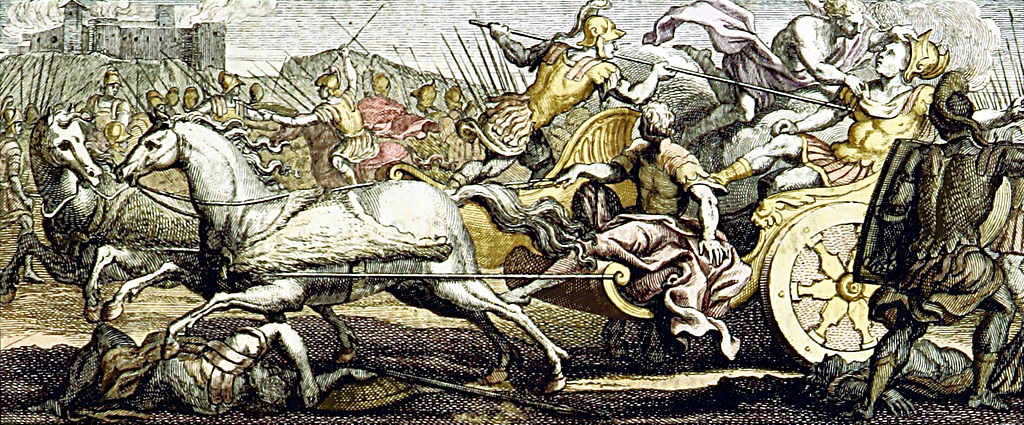
Limitations of Evidence
However, despite all these coincidences, there are some evident limitations that can be verified through archaeological and historical proof. First of all, it is very important to remember that mythical accounts were transmitted orally for centuries and centuries before being written down, making it somewhat inaccurate to deal with human memory, literary invention and religious symbolism. Even in the case of the famous Troy, archaeologists point out that, although a destroyed city existed in the corresponding period, it cannot be confirmed that all the events occurred as narrated by the author Homer.
For all these reasons, Greek myths should be understood as symbolic narratives with historical roots, rather than as chronological facts that could be verified.
Influence on Modern Culture
Art and Literature
Greek myths still have huge influence on Western art and literature, from the Renaissance to the present day. During the Renaissance, renowned artists such as Sandro Botticelli depicted mythological scenes in The Birth of Venus, which illustrates the origin of the goddess of love.10 In sculpture, the Laocoon Group marked the aesthetics of Michelangelo and other relevant artists of the time, becoming a model of dramatic expression.11
In modern literature, James Joyce reworked the Odyssey in a contemporary context in Ulysses, while Margaret Atwood reinterpreted the voice of Penelope in The Penelopiad. Even in 20th-century poetry and theater, authors such as Jean Anouilh, with Antigone, adapted the celebrated Greek tragedies to reflect modern political and existential issues.
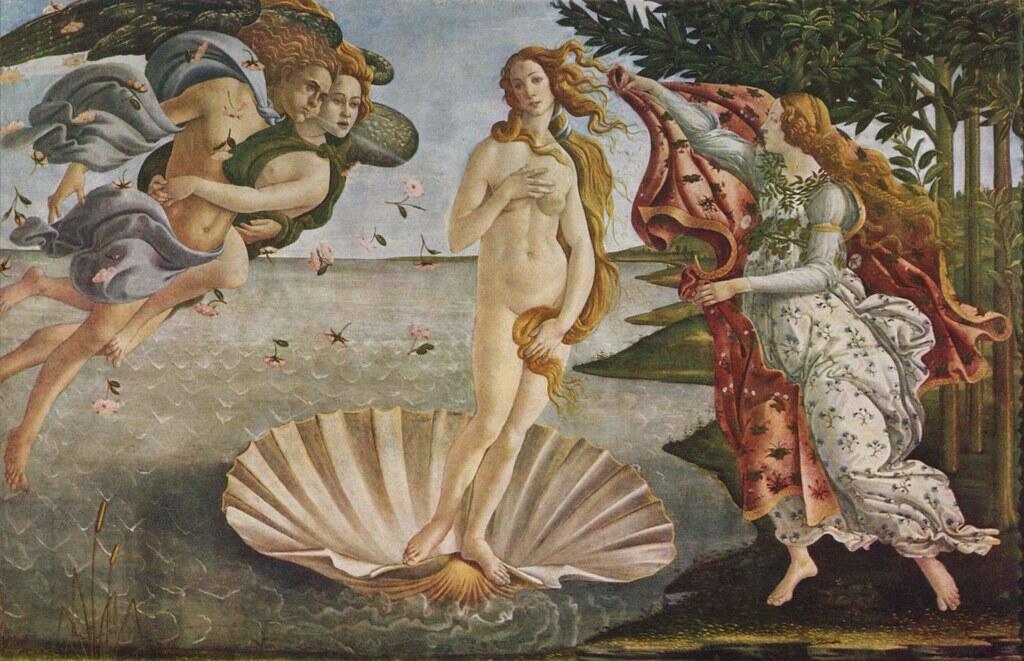
Language and Expressions
When it comes to language and popular expressions and sayings, Greek mythology has undoubtedly left a mark on everyday communication, providing rich and interesting metaphors and terminology that are still widely used. Here are some of the most common examples that have become even more relevant through social media:
- Achilles' heel: A fatal weakness in someone or something, from the myth of Achilles, whose only vulnerable spot was his heel.
- Herculean task: An extremely difficult or nearly impossible task, in reference to The Twelve Labors of Heracles.
- Narcissism: Excessive self-love and vanity, of Narcissus who fell in love with his own reflection.
- The Pandora's box: Source of endless trouble or complications, once addressed, coming from the myth of Pandora who unleashed evils on the world.
- The Midas touch: The ability to make money easily and turn everything into success, from King Midas, who turned everything he touched into gold.
- Oedipus complex: A psychoanalytic term describing a child's unconscious desire for the parent of the opposite sex, from the tragic Oedipus myth.
- Trojan Horse: Something harmful that enters disguised as a gift, from the Greeks who conquer Troy.
- Titanic: Something of enormous size or strength, coming from the Titans, the giants defeated by the gods of Olympus.
Differentiating Myth from History
Myths were shared narratives that explained the origin of everything and built political institutions, as well as transmitted moral values. Although some intellectuals, such as Herodotus or Thucydides, began to separate historical narratives from mythical stories, this thin line remained pretty much blurred.
In contrast, modern interpretation employs historiography, archaeology and philology to differentiate symbolic elements from historical facts. For example, it is recognized today that Troy existed as a city, but it cannot be stated with certainty that the Iliad describes an accurate historical event.
| Aspect | Mythological Account | Historical Evidence | |||
|---|---|---|---|---|---|
| Trojan War | Homer’s Iliad describes a war with gods and heroes | Archaeology at Hisarlik shows Troy existed but details differ | |||
| Heroes | Figures like Achilles and Heracles seen as semi-divine warriors | No material proof of individuals; symbolic characters only | |||
| Gods & Religion | Zeus, Athena and Apollo ruling cosmic and human order | Sanctuaries (Delphi & Acropolis) and rituals prove real worship | |||
| Natural Phenomena | Storms and quakes explained as actions of gods | Geological studies confirm natural causes (earthquakes, volcanoes) | |||
| Texts & Transmission | Epics treated as heroic chronicles | Oral traditions later written; literary not historical accounts |
Historical Analysis
The modern study of Greek mythology timeline requires a careful differentiation between what belongs to the myth from what can be considered a solid historical fact. From the 5th century BC, authors such as Herodotus and Thucydides began to draw clearer distinctions between mythical narrative and history. Herodotus, in his Histories, incorporated some mythical accounts, but also tried to contrast them with testimonies and his own observations.13
On the other hand, Thucydides largely excluded the fantastical in his History of the Peloponnesian War, stating that his purpose was to record the events as they really happened. 14
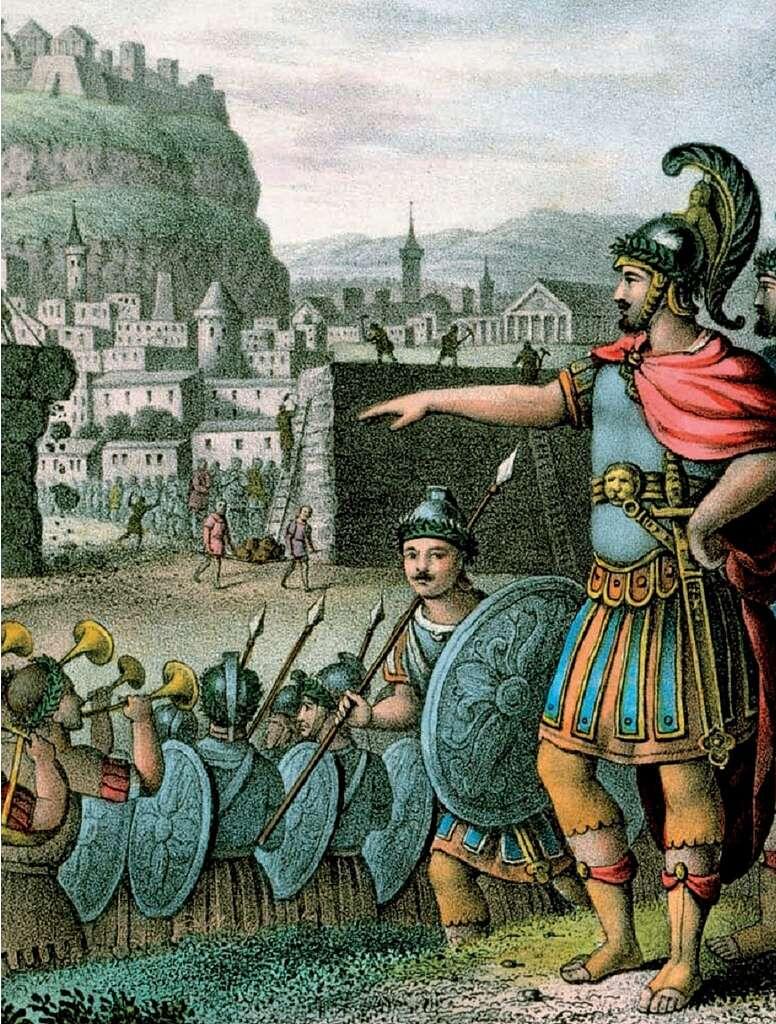
So how did Greek mythology end? In contemporary research, scholars employ archaeological, philological and tons of comparative methods to assess the historical content of myths. For example, The Iliad and Odyssey are considered epic narratives that contain elements of a Mycenaean past, but are not chronicles of the Trojan War. Finds such as the Trojan ruins or the Derveni Papyrus illustrate how concrete historical contexts can support myths, but are often pretty much altered by poetic and magical thinking.
The historical analysis of Greek mythology timeline focuses on differentiating between:
- Symbolic elements: Our favorite Gods, creatures and the interesting divine punishments.
- Possible historical memories: Such as wars and their consequences, migration trends and the massive impact of natural catastrophes.
- Literary elaborations: Literary elements such as the epic, tragedy and hymns - which reconfigured narratives for new audiences and contexts.
References
- TravelTellers, G. (n.d.). Greek Mythology Monsters: Full list and description. https://greektraveltellers.com/blog/greek-mythology-monsters
- Homer and Greek Myth - The Center for Hellenic Studies. (2023, January 28). The Center for Hellenic Studies. https://chs.harvard.edu/curated-article/gregory-nagy-homer-and-greek-myth/
- Greek history and its relationship with mythology | Ancient History and Myth Class Notes | Fiveable. (n.d.). Fiveable. https://fiveable.me/ancient-times-myth-history-measurement/unit-4/greek-history-relationship-mythology/study-guide/Dpnh52TMoFbVAriG
- ATHENA CULT 1 - Ancient Greek Religion. (n.d.). https://www.theoi.com/Cult/AthenaCult.html
- Pollard, Thornhill, J. R., Adkins, & A.W.H. (2025, August 25). Greek religion | Beliefs, History, & Facts. Encyclopedia Britannica. https://www.britannica.com/topic/Greek-religion
- Discover the origins of nature’s fury - paleothea. (2024, July 9). https://paleothea.com/cultural-myths/myths-on-natural-events/
- Fitton, Villing. (2029, 18 June). The search for the lost city of Troy. British Museum. https://www.britishmuseum.org/blog/search-lost-city-troy
- Admin. (2016, May 25). The Oldest "Book" of Europe: Afterlife and the Birth of the Cosmos in the Derveni Papyrus - The Center for Hellenic Studies. The Center for Hellenic Studies. https://chs.harvard.edu/the-oldest-book-of-europe-afterlife-and-the-birth-of-the-cosmos-in-the-derveni-papyrus/
- Cooch, & Mary. (2023, November 20). Birth of Venus | Painting, Sandro Botticelli, location, & Facts. Encyclopedia Britannica. https://www.britannica.com/topic/Birth-of-Venus
- Ancient Influences on Renaissance Art. (n.d.). https://depts.washington.edu/hrome/Authors/heberj/AncientInflucesonRenaissanceArt/18/pub_zbpage_view.html
- Modern Adaptations of Greek and Roman myths | Greek and Roman Myths Class Notes | Fiveable. (n.d.). Fiveable. https://fiveable.me/greek-and-roman-myths/unit-20/modern-adaptations-greek-roman-myths/study-guide/V2X2OHvSdNHARQ61
- Herodotus. Histories, Book 1 (1.1–1.5, 1.20–23). Perseus Digital Library.
Dewald, Carolyn. “Myth, Truth, and Narrative in Herodotus’ Histories.” Oxford Handbooks Online, Oxford University Press.

